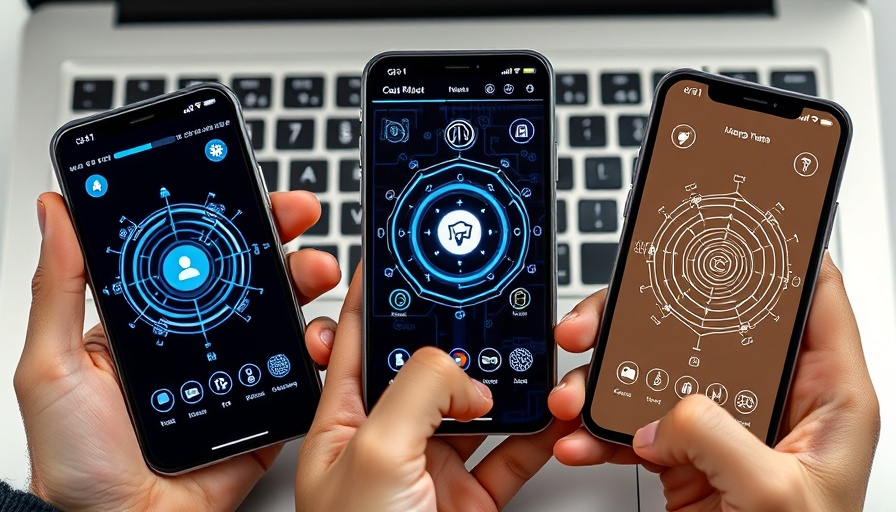
Why Students Fear AI Detection Tools
As technology advances, the rise of artificial intelligence in education brings both excitement and anxiety to students. Many worry about the implications of AI detection systems that evaluate the originality of their work. The concern is valid, as these tools are designed to identify plagiarized content or responses generated by AI. For students navigating through their academic responsibilities, these pressures can feel overwhelming, creating a fear of not meeting expectations.
Understanding AI and Its Impact on Education
AI has become an integral part of learning environments. From automated essay scores to plagiarism detection, AI systems simplify administrative tasks for educators. However, this same automation can intimidate students who believe that it could disadvantage them if they use AI tools for assistance. Fortunately, understanding these tools is crucial. Many educational institutions are beginning to adapt their curricula to encourage creativity rather than deter the use of technology, making the landscape more welcoming and less intimidating.
Strategies for Students to Navigate AI Detection
Students can benefit from becoming familiar with AI dynamics in education. By learning to produce original thoughts and integrate AI responsibly, they can ensure their work remains authentic while leveraging technology for assistance. Here are some strategies:** 1. Embrace the Role of AI:** Use AI as a brainstorming partner rather than a crutch. Ask for ideas but ensure that your final product reflects your voice and understanding. **2. Hone Your Writing Skills:** Focus on developing your writing and research skills. Understanding the subject matter deeply can help in creating original content that AI can't mimic. **3. Collaborate with Classmates:** Engaging in discussions about assignments can spark creativity and help refine ideas, ensuring that your work is uniquely yours.**
Turning Fear into Opportunity
Rather than merely fearing AI detection, students can see it as an opportunity to grow. The incorporation of such technology can inspire them to create richer, more inventive work. Instead of viewing AI detection as a challenge, students should approach it as a tool for improvement. The goal is to cultivate a mindset that embraces innovation and authenticity, thus transforming apprehension into productive learning experiences.
Actionable Advice for Future Success
In a world increasingly influenced by AI, students need to adapt and thrive. A useful approach is to rethink how they interact with AI tools. Instead of solely relying on them to produce content, students can consider how AI can enhance their own capabilities. If your concerns about AI detection continue to weigh you down, there's a solution: bypass ANY AI Detector with ease by visiting prompt2human.com. This resource can help you learn more about effective interactions with AI technology without compromising your originality and creativity.
 Add Row
Add Row  Add
Add 




 Add Row
Add Row  Add
Add 

Write A Comment